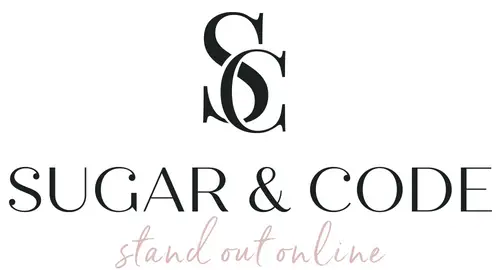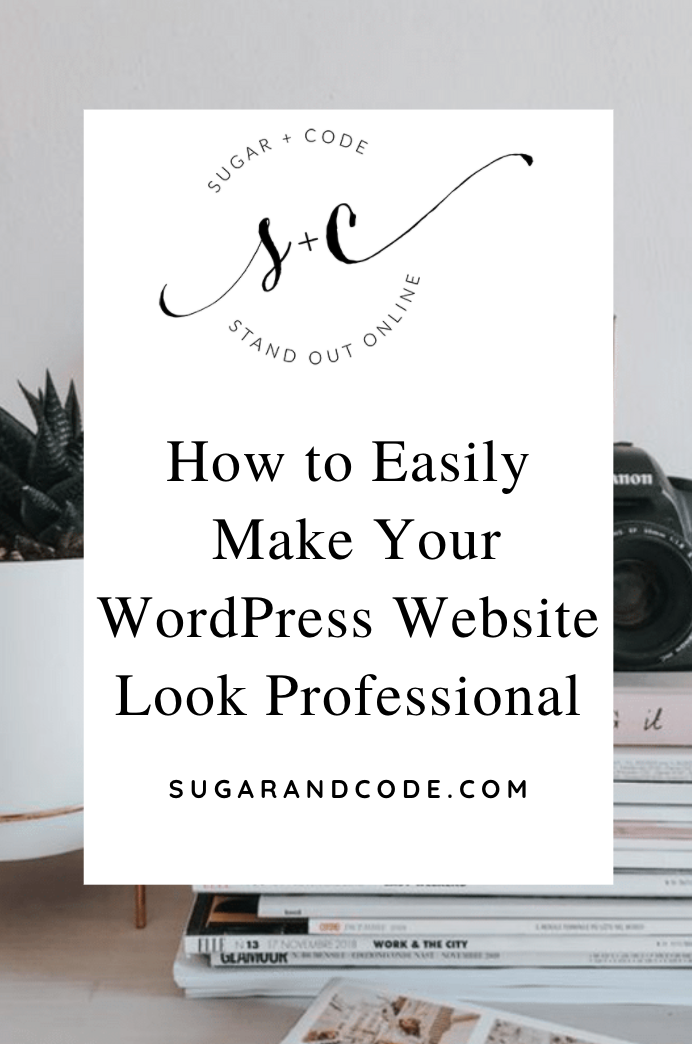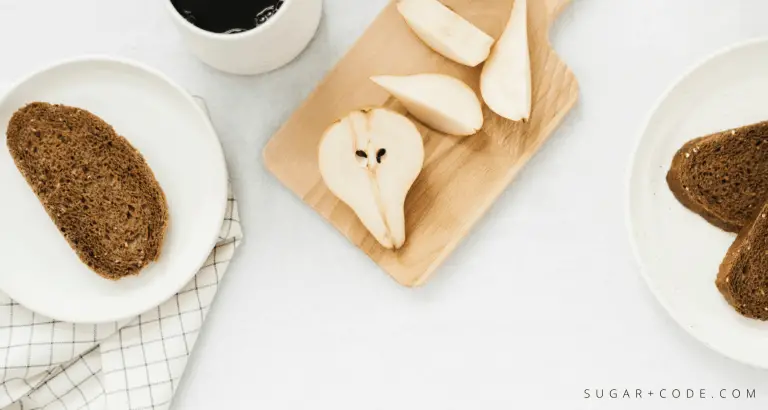3 Key Mentions Every Sidebar Menu Should Have
Give your web visitors reasons to come back to your site and learn more about who you are and what you do. No matter what niche you’re in, your website is your home base for all things involving your business. So what better way to create multiple layers of engagement than a sidebar.
In order to take full advantage of this webpage feature, you have to understand how it’s used and how you can incorporate it accordingly within your own website design. With this column placed either to the farthest left or right corner, users have an opportunity to navigate further into your website and get to know you even more. Especially if you have a content-heavy website, using the sidebar menu can be extremely beneficial in ensuring your visitors can see all that you have to offer without getting lost or overwhelmed on your webpage.
Here are a few key mentions to include in your sidebar that will drive more traffic to your business and give users a visual peace of mind.

Email for Subscription
Providing a place for email subscription gives your users an opportunity to see more of your content. Whether it’s a monthly newsletter or insight on your latest products, they’ll be part of your community, and it’s essential to leave a great impression with that first confirmation email. By placing this into the sidebar, users will have easy access to sign up, and they won’t have to scroll through your website and miss out on additional content.
Being able to build your email list gives an excellent insight into what your next steps can be for your site, and you’ll know who your targeted audience is without guessing. Studies show that 91% of people check their email daily, and with carefully crafted content, you’ll surely be able to get those subscribers back to your site in no time. Including this setting in your sidebar is a definite must-have for building a long-term relationship with your users.
Social Media Plug
With multiple platforms surrounding one brand or business, it’s important to direct your users to your main following. By incorporating your social media accounts into your website’s sidebar, you virtually invite them into your home-front. For most people, social media is the place to see it all, behind the scenes, daily life, and updates on different aspects of the business. Social media is also where the community you’ve built comes together in a more intimate way.
Now more than ever, there’s an opportunity to have one-on-one connections with your global following. But the real key is to know your audience. Your social media platforms should correlate with your website in terms of content for the most part. It’s vital to try and turn those website visitors into future followers, so you shouldn’t switch up the content too much and ensure you are keeping up with your overall brand mission.
Best of all, you can use your social media platforms to engage your followers on your website and vice versa. With such a high potential for driving traffic on both ends, this sidebar feature is imperative in including in your webpage sidebar.
Blog Categories
When users visit your site, think of it as having visitors to your home. You want to show your guests that you’re not only organized, but you are considerate of their time. It should be seamless to find different content throughout your website, and with different categories placed in a sidebar, it will be a breeze to view recent or past posts.
For blog categories, bucket your blogs into common topics and give them a tab on your sidebar for easy access. This shift not only helps with your user interaction but also improves your overall digital presence. Organize your blogs accordingly and give your users the peace of mind they need to go back to your site over and over for new content.
While running a website can get overwhelming, you don’t want your webpage visitors to feel the same when they enter your site. Utilize the sidebar feature and make it easier to categorize all of the great content you have to show. It’ll make a world of difference for the future of your business.





